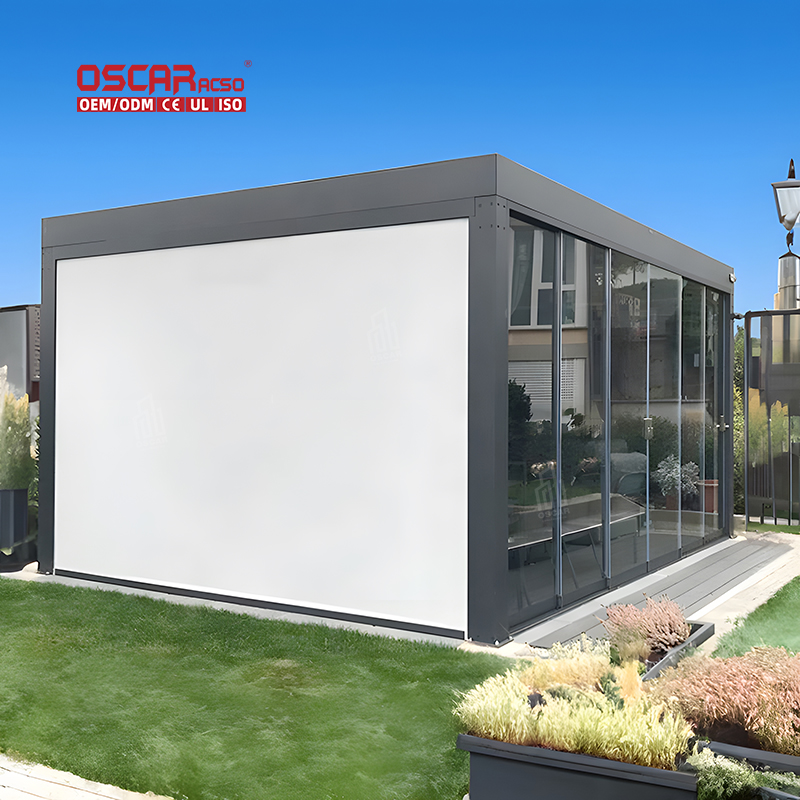Pergola Origins, From Ancient Vine Supports to Modern Backyards
The origins of the pergola are as rich and intertwined with human history as the vines that so often adorn them. Whi...
The origins of the pergola are as rich and intertwined with human history as the vines that so often adorn them. While a precise “invention date” is elusive, evidence points to their existence over 3,000 years ago in ancient civilizations around the Mediterranean.

🌞 Shadows of the Pharaohs: The Egyptian Beginning
The story of the pergola begins not in a garden, but in the scorching heat of ancient Egypt. Archaeological evidence suggests that as far back as 1400 BC, high court officials were enjoying the shade provided by these early structures. Crafted from sandstone and wood, these were far more than simple functional pieces; they were symbols of status and wealth. Imagine a Egyptian elite, escaping the relentless sun under a canopy supported by pillars, perhaps already intertwined with climbing plants—a tranquil oasis for social gatherings. This was the pergola’s humble, yet illustrious, beginning.

🏛 The Roman Refinement: Architecture Meets Nature
The Romans, ever the innovators and admirers of Greek culture, saw great potential in the Egyptian concept. They took the basic idea and elevated it into an architectural art form. Roman pergolas became integral to luxurious villas and gardens, designed for outdoor living and al fresco dining.
A key Roman innovation was the use of more durable materials like wrought iron. This allowed for sturdier structures that could support heavier loads, from fruit trees to the hanging gardens that sometimes adorned them. For the Romans, the pergola was a perfect marriage of function and style—a shaded walkway, a support for grapevines, and a testament to their engineering prowess all in one.
🎨 Beyond the Vine: The Pergola’s Many Historical Roles
While we strongly associate pergolas with gardens, their historical roles were surprisingly diverse.
- •
Winemaking & Fruit Cultivation: The pergola’s connection to grape vines is ancient and profound. Its structure provides ideal support for grapes, allowing for air circulation and sun exposure, which is crucial for quality fruit. This symbiotic relationship made pergolas a common feature in vineyards throughout history. They were also used for growing other fruits, like figs, creating beautiful and productive garden features.
- •
A Symbol in Renaissance Gardens: During the Italian Renaissance, pergolas experienced a major revival. They became central features in the grand, formal gardens of the era, embodying a renewed interest in classical art and architecture. Think of intricate brick, stone, or wood structures draped with flowering plants, creating shaded pathways through manicured landscapes. The pergola at Trinita dei Monti in Rome is a renowned example from this period.
- •
Global Parallels: It’s fascinating to consider that the concept of a shaded outdoor structure arose independently in different cultures. In ancient China, for instance, during the Tang Dynasty (618-907 AD), wealthy families would build elaborate “凉棚” (liáng péng – cool sheds/trellises) adorned with brocade and silk for summer gatherings, a practice that continued into the Qing Dynasty within palace walls.
❓ Why Has the Pergola Endured for Millennia?
Its timeless appeal isn’t magic; it’s built on a foundation of brilliant utility and adaptability.
- •
Perfect Functionality: It provides dappled shade, a shelter that protects from the harsh sun while allowing light and breezes to filter through.

- •
Architectural Versatility: It acts as an outdoor room, defining space and creating a seamless transition between the home and nature.

- •
A Canvas for Nature: It is a living structure designed to be clothed in greenery, changing with the seasons and offering a dynamic landscape feature.
Modern Evolution: The Pergola Today
The journey of the pergola didn’t end in ancient Rome or Renaissance Italy. The 19th century’s shift towards naturalistic gardening solidified its place as a beloved garden feature. Today, we see a thrilling evolution. Modern pergolas might incorporate durable wrought iron, composite materials, and even integrated lighting or retractable louvres.
They are no longer just plant supports; they are central to creating outdoor living spaces—extensions of our homes for dining, lounging, and entertaining. This transformation from a simple shade provider to a key element of contemporary outdoor design shows just how adaptable and enduring the pergola concept truly is.
The pergola’s history is a remarkable journey through time, showcasing how a simple structure for shade and plants has evolved into a versatile and beloved feature of outdoor living spaces worldwide.
.jpg)

